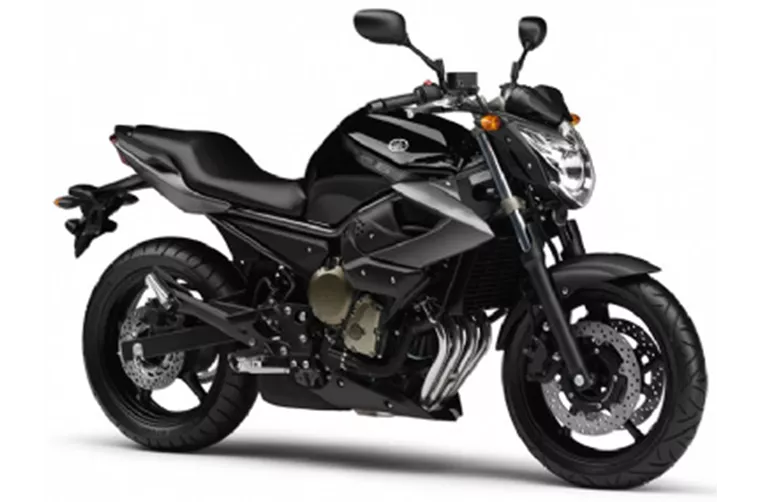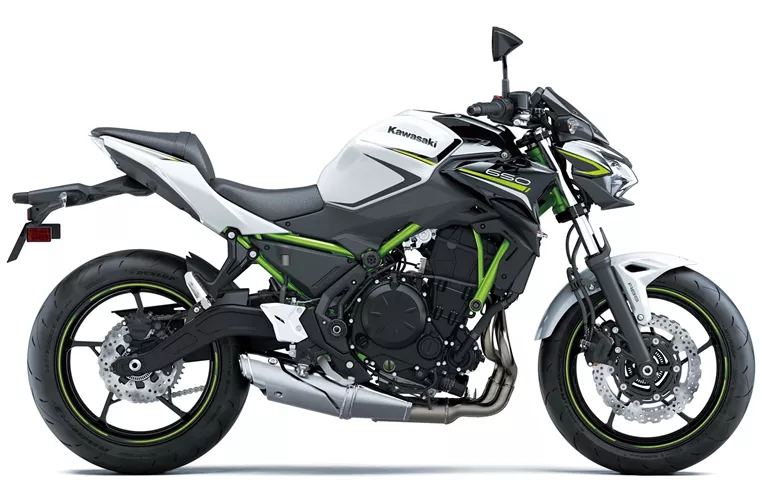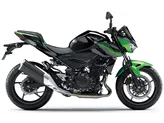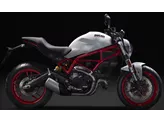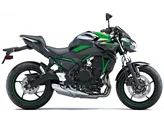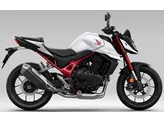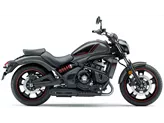Yamaha XJ6 2009 vs. Kawasaki Z650 2020

Yamaha XJ6 2009
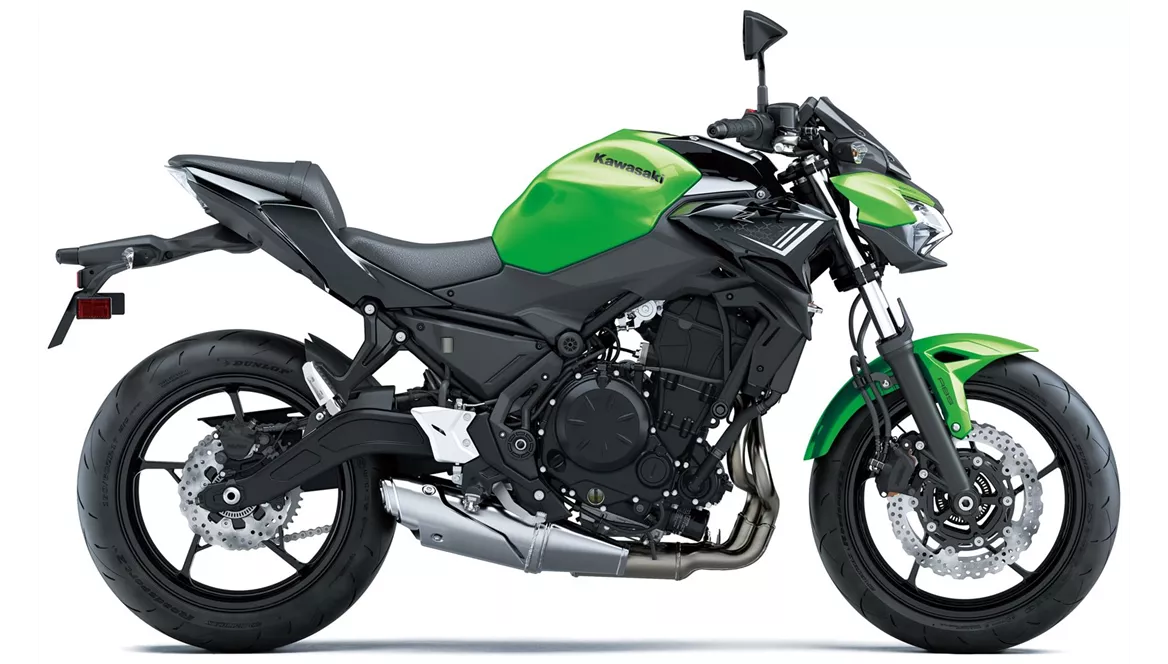
Kawasaki Z650 2020
Overview - Yamaha XJ6 2009 vs Kawasaki Z650 2020
The Yamaha XJ6 model year 2009 and the Kawasaki Z650 model year 2020 are both naked bikes that offer unique features and characteristics.
Starting with the Yamaha XJ6 2009, it boasts a powerful engine with 78 HP and 59.7 Nm of torque. With its four-cylinder configuration and liquid cooling system, it ensures optimal performance and reliability. The bike's 600cc displacement provides a good balance between power and fuel efficiency. The front suspension is equipped with a telescopic fork, offering a smooth and comfortable ride. The frame is made of steel and features a double cradle design, ensuring stability and durability. The double disk front brakes provide excellent stopping power. The bike's dimensions include a 17-inch front and rear tire diameter, a wheelbase of 1440 mm, a seat height of 785 mm, and a fuel tank capacity of 17.3 liters. Overall, the Yamaha XJ6 2009 offers a rider-friendly performance, a comfortable seat, and a unique, aggressive look.
On the other hand, the Kawasaki Z650 2020 comes with a slightly less powerful engine, producing 68.2 HP and 65.7 Nm of torque. However, it compensates for this with a compact and lightweight design. The bike features a two-cylinder engine configuration and a liquid cooling system, ensuring a balance between power and efficiency. The front suspension is also equipped with a telescopic fork, providing a smooth and controlled ride. The frame is made of steel and has a tubular design, offering stability and durability. The double disk front brakes deliver strong stopping power. The dimensions of the Kawasaki Z650 2020 include a 17-inch front and rear tire diameter, a wheelbase of 1410 mm, a seat height of 790 mm, and a fuel tank capacity of 15 liters. The bike also boasts a TFT display with connectivity, allowing riders to stay connected while on the road. Additionally, it has a grown-up look and a powerful intake noise, adding to its appeal.

Yamaha XJ6 2009
In terms of strengths, the Yamaha XJ6 2009 offers rider-friendly performance characteristics, thanks to its powerful engine and optimal clutch. It also provides playful and lighter handling, making it enjoyable to ride. The seat comfort is another advantage, ensuring a comfortable experience even on longer rides. The bike's individual look, with its young and aggressive design, sets it apart from other models. Lastly, the Yamaha XJ6 2009 is known for its high-quality construction, ensuring durability and longevity.
On the other hand, the Kawasaki Z650 2020 has its own set of strengths. It features a powerful two-cylinder engine that delivers impressive performance. The aggressive intake noise adds to the excitement of riding this bike. The compact dimensions make it easy to maneuver in urban environments, while the low seat height provides a comfortable riding position for riders of different heights. The stable chassis ensures a smooth and controlled ride, even at high speeds. The TFT display with connectivity is a modern feature that allows riders to stay connected while on the go. Lastly, the Kawasaki Z650 2020 has a more grown-up look, appealing to riders who prefer a more mature aesthetic.
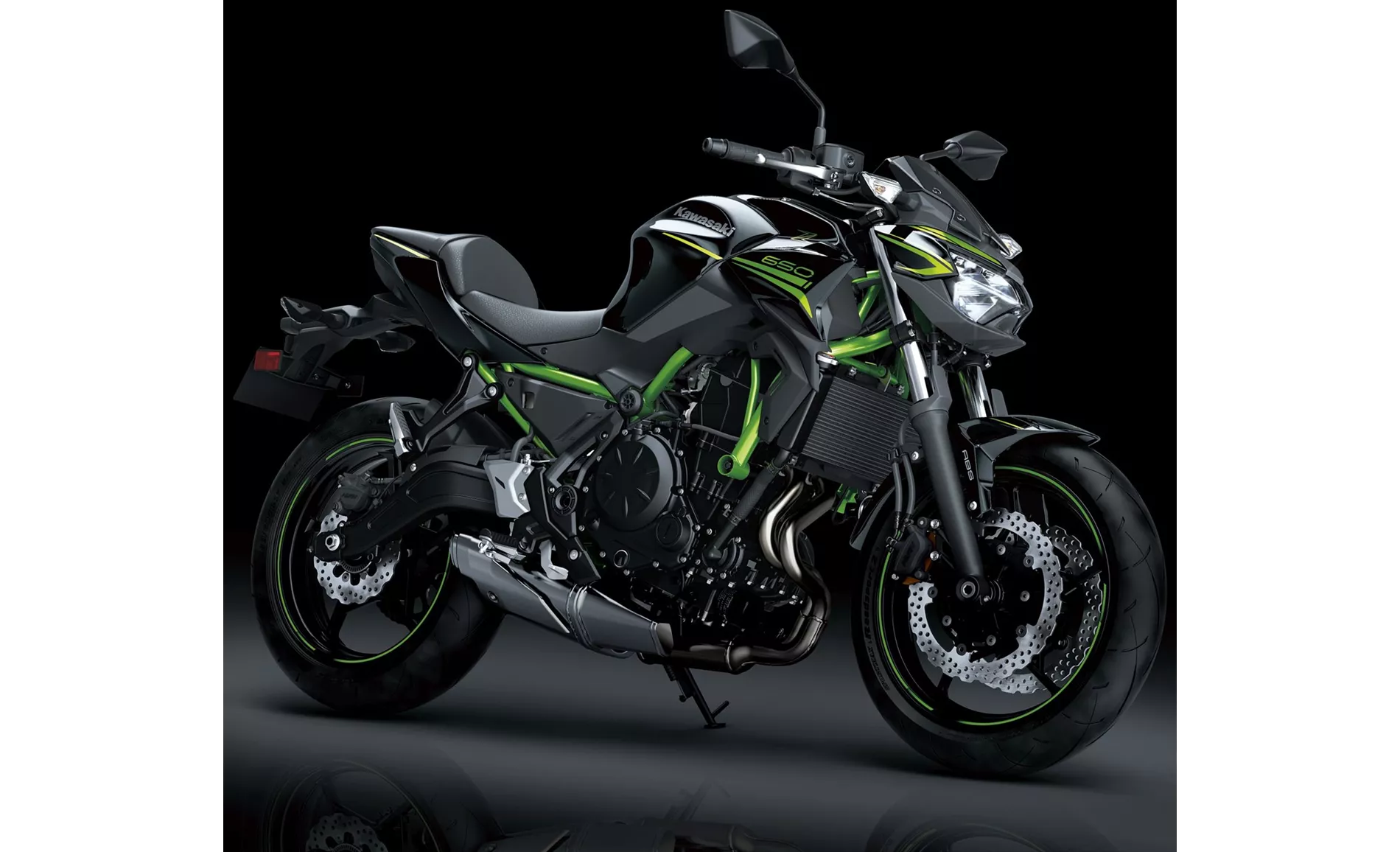
Kawasaki Z650 2020
However, both bikes have their weaknesses as well. The Yamaha XJ6 2009 may have design components that are not too demanding, which may not appeal to riders looking for a more visually striking bike. Additionally, the torque development of the Yamaha XJ6 2009 may not be as impressive as some other models in its class.
On the other hand, the Kawasaki Z650 2020 has a few weaknesses as well. Some riders may find the front brake pressure point to be less than ideal, requiring some adjustment to get used to. Additionally, the bike may not be as comfortable for taller riders due to its lower seat height. Lastly, the Rideology App, while offering connectivity features, may not be as sophisticated as some riders would prefer.
In conclusion, both the Yamaha XJ6 2009 and the Kawasaki Z650 2020 offer unique features and strengths. The Yamaha XJ6 2009 excels in rider-friendly performance, seat comfort, and its individual, aggressive look. On the other hand, the Kawasaki Z650 2020 stands out with its powerful two-cylinder engine, compact dimensions, and a more mature aesthetic. Ultimately, the choice between these two bikes will depend on the rider's preferences and priorities.
Technical Specifications Yamaha XJ6 2009 compared to Kawasaki Z650 2020
Pros and Cons in comparison
Pros and Cons in comparison
Yamaha XJ6 2009
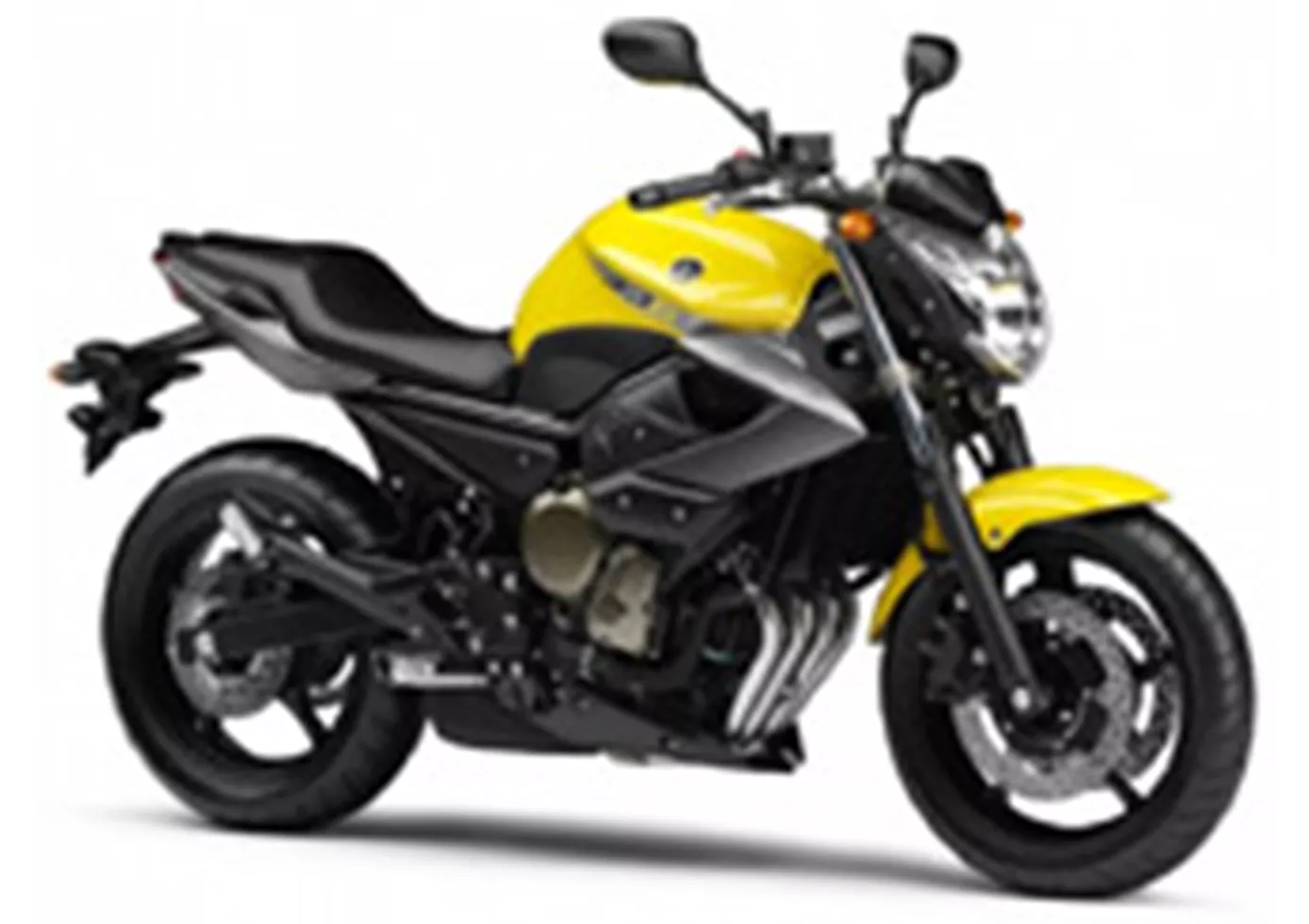
Despite the common basis, the XJ appears much younger and more aggressive. A mid-cass motorbike that by no means makes you feel mid-range. Except for the swingarm, the motorbike appears quite high-quality and cool. The bike is a little easier to handle than the Diversion.
Kawasaki Z650 2020
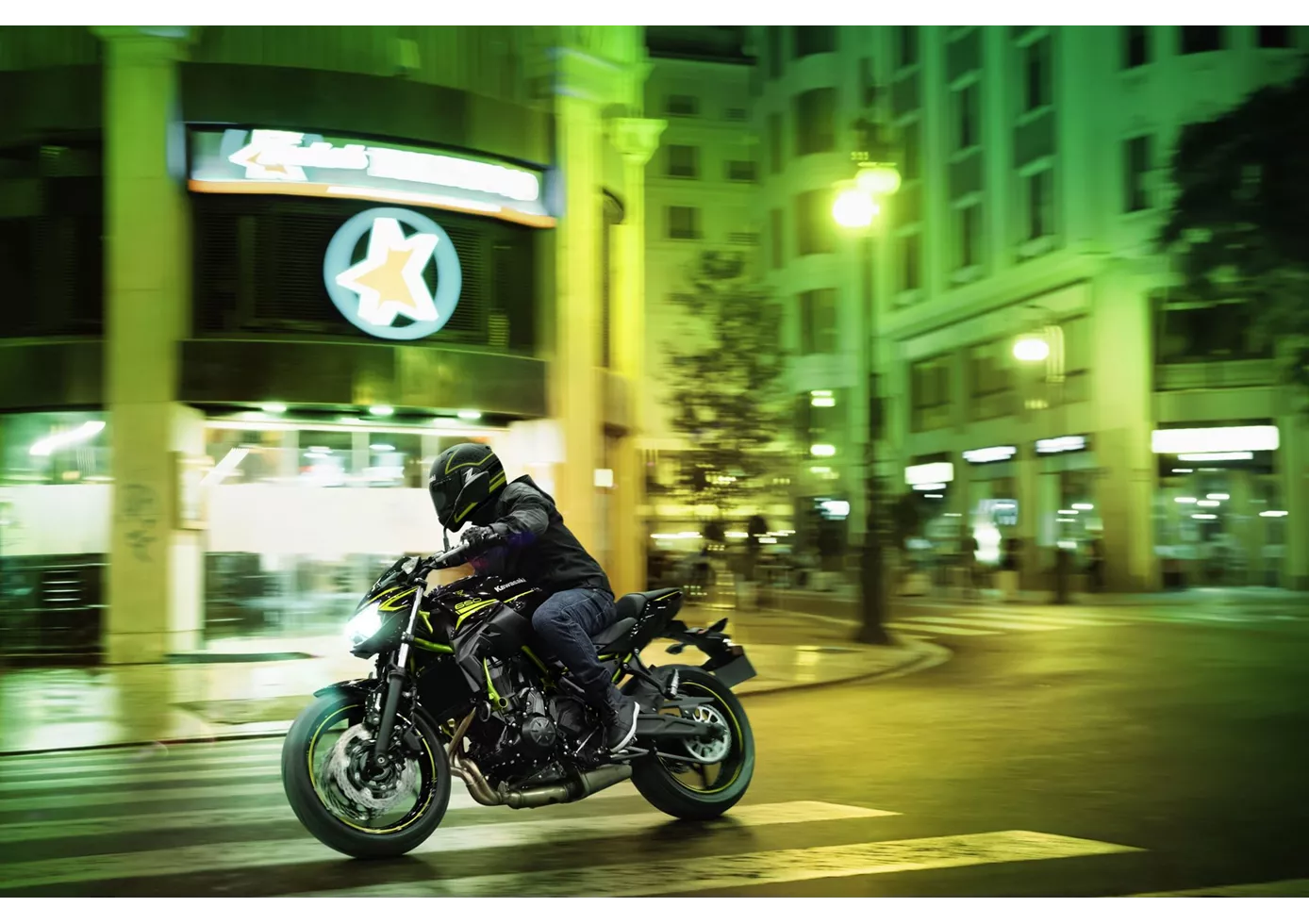
It's simply marvellous what Kawasaki has put together in a complete package with the new Z650. The technical components may not knock your socks off individually, but in combination they make for a pleasantly neutral motorbike that everyone will enjoy. No bitchy idiosyncrasies - simply a naked bike that works really well on winding country roads. Of course, the TFT display, which we don't find in the competition at the moment, is a plus, as is the grown-up look, which is strongly oriented towards the larger Z models. Only the pressure point of the front brake could have been more clearly defined - but you can't have everything in this price range.
Price Comparison Avarage Market Price Yamaha XJ6 vs Kawasaki Z650
There are a few key differences between a Yamaha XJ6 2009 and a Kawasaki Z650 2020. In terms of price, the actual average price of a Kawasaki Z650 2020 is about 55% higher. A Yamaha XJ6 2009 experiences a loss of 200 USD in one year of ownership. This is offset by a loss of 30 USD for a Kawasaki Z650 2020. Compared to Kawasaki Z650 2020 there are less Yamaha XJ6 2009 bikes available on the 1000PS.de Marketplace, specifically 6 compared to 21. It takes less time to sell a Yamaha XJ6 with 31 days compared to 80 days for a Kawasaki Z650. Since model year 2009 1000PS.de editors have written 4 reviews for the Yamaha XJ6 and 31 reviews for the Kawasaki Z650 since model year 2017. The first review for the Yamaha XJ6 was published on 11/13/2008 and now has more than 21,900 views. This compares to more than 25,000 views for the first review on Kawasaki Z650 published on 11/8/2016.
